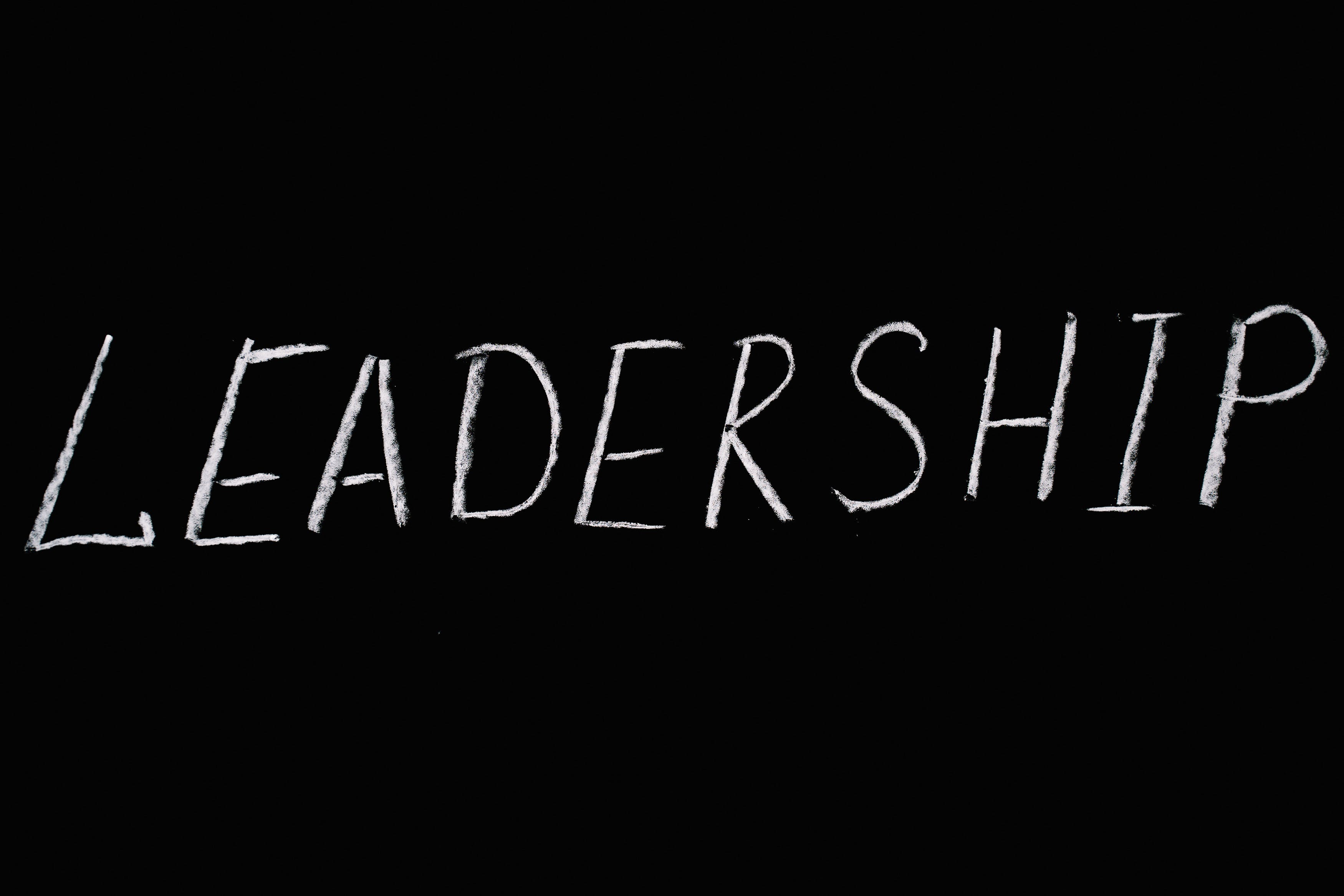The Chronicles of Andy and Pat – Episode 4

By Dave D’Arcy, Founder of Laughing Leadership
(Read Episode 1, Episode 2, Episode 3)
Of course, not every day is a good day, and for Andy, this was no less true than for any other young leader. Learning the difference between managing and leading was a journey of discovery but Pat was an excellent mentor, always on hand to provide feedback, guidance, and advice. After some 9 months or so, Andy felt a great deal of trust from Pat and as a result, was growing in confidence. Sometimes, however, we can become a little overconfident, as Andy was about to learn.
Pat was eager to teach Andy that leadership was about much more than managing situations; it was essential to learn that different challenges with different individuals need different approaches. Not everyone is motivated in the same way and not everyone responds positively to the same type of communication. Of course, Pat also knew that processes existed for a reason and although he encouraged Andy to develop his own personal style of leadership, he also coached him on the importance of adherence and structure where needed. Preplanning, goal setting, and strategy development were all skills that Andy would also need if he were to develop into a true leader.
Within Andy’s team, there was a tenured employee. A driver aged in his fifties called Bill. Now, Bill had worked in the business for over 30 years. He had seen many young Andys come and go. Some with success and others less so. Bill was a man of habit and structure. He had his way of doing things and this had, in his opinion, served him and his customers well. Of course, over the years Bill had created some customs and practices that worked well for him but were not necessarily a benefit to the business. Often, these small wins were with the agreement of the customers and would allow Bill to increase customers stock holding to enable fortnightly visits from Bill rather than weekly visits. Now this would work fine, other than in two circumstances. 1.) When the customers got busy and got low on stock, they would, unfortunately, forget their side agreement with Bill and call the branch to complain that the driver had not visited this week. 2.) Any stock audits would result in discrepancies.
None of this was earth-shattering stuff, but Andy had identified the issues and confronted Bill. The conversation did not go well. At first, Bill reacted in a “so what?” kind of manner. Andy responded with frustration, this angered Bill and ultimately the standoff ended with Andy stating Bill was to be disciplined. A day or so later, Andy invited Bill to a formal meeting, laid out the details as he saw them and invited Bill’s response. Once again, the conversation did not go well and ended with raised voices and a written warning for Bill.
Unsurprisingly, Bill was hurt and angry with the outcome. He appealed the decision. And this is where Andy’s learning began. The appeals process worked its path and in summary, Pat overturned Andy’s decision. Andy was now the one who was hurt and angry. The following day after dwelling overnight on what he perceived to be Pat’s lack of support, Andy went to see Pat and confront this perceived disloyal act.
Pat sat Andy down and explained that he had no choice but to overturn the decision due to various procedural errors. However, he went on to talk through the whole matter from end to end. They talked about Andy’s planning process before the initial discussion with Bill. They reviewed Andy’s emotions and his consideration of Bill’s possible reactions. They looked at Andy’s understanding of the company’s disciplinary process. They discussed Andy’s communication style in regard to the specific individual he was dealing with.
It was a difficult but worthwhile coaching session for Andy.
Andy learned that structure and process have an important part to play in leadership. He also learned that pre-planning important interactions is essential. Further, everyone is an individual and a good leader will know their people and have an understanding of what motivates them. Communication is one of the five pillars of employee engagement. It is important to develop the ability to adapt your communication style to match the needs of the individual.



.jpg)
